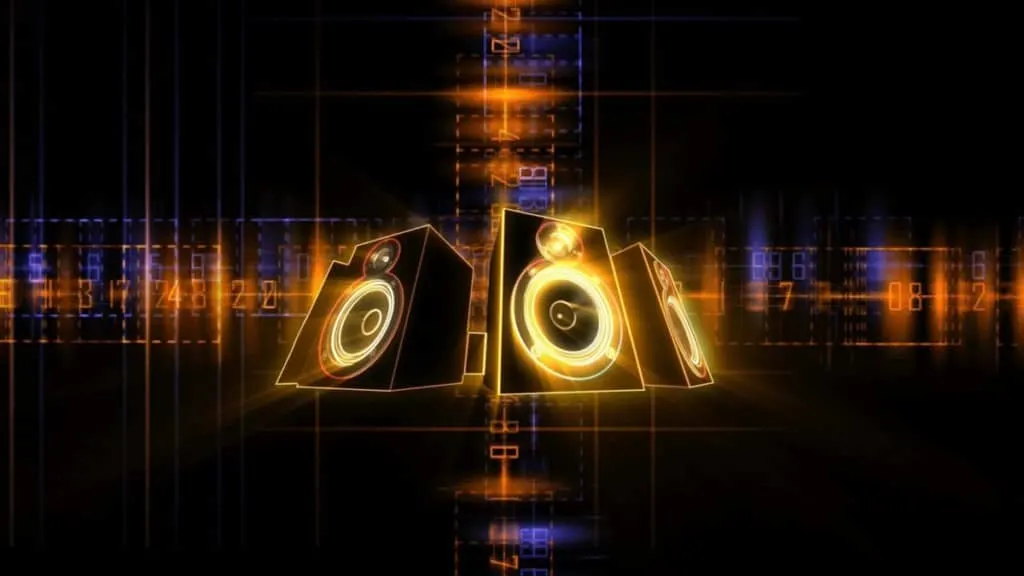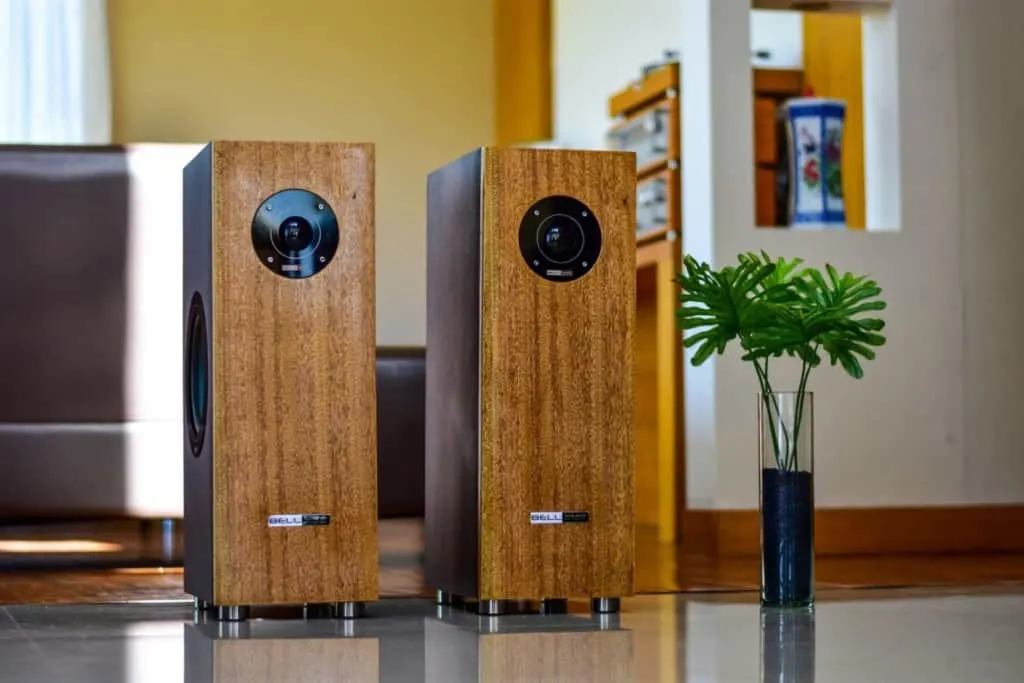There is a belief among audiophiles that there is such thing as the Holy Grail in audio.
Most of us spend hours reading about specifications and trying out new gear on a quest that’s infinite and will only give us partial victories. I’m going to tell you all about DACs and the role they can play in this epic endeavor. Can DACs make your music sound better? Read on and let’s find out about it.
It is a debatable subject, but what we can ensure is that different DACs sound different and hence, they have an impact on the music we listen to.
So, does a DAC make music sound better?
Some DACs are better at adding color to the signal while others are perfectly crystal clear. There is a difference between DACs, but that difference can only be perceived through high-end sources and speakers.
The answer to the question “does a DAC make music sound better” is a definite yes; it’s just that “better” is subjective, depending on your own opinion and personal taste.
That was the tip of the iceberg, but there’s a lot to talk about before you can choose the best DAC for your ears. Buckle up because here we go!

DACs Role For Audiophiles
DACs (Digital Analog Convertors) are the heart of most modern music-listening devices.
Back in the day, the best of the best was all analog. For example, going from tape to vinyl, and from vinyl to the speakers. Nowadays and ever since CDs were invented, there is something called a DAC that needs to translate digital information into analog audio waveforms.
As time went by, not only CD players started having DACs, but all platforms needing to translate digital data into sound.
This includes your cellphone, laptop, and even Smart TV.
All of them need a DAC. For example, every time you plug your iPhone’s headphones in to listen to music, you’re using your phone’s DAC to transform digital data (mp3 files) into audio waves. Without that process, your headphones couldn’t reproduce the audio.
Do all companies employ the same DAC in all of their devices? Furthermore, can you buy an external DAC to use with your phone, for example? The answer to those questions is what comes up next, so read on.
Aren’t All DACs The Same?
This is where it starts getting more interesting. If DACs do not have an impact on how we hear music, then why is it that companies pay special attention and invest more money in one specific DAC instead of another? Well, that is because all DACs are not the same.
The first thing you need to know about DACs is that you can buy them for cents (your phone’s one probably costs that) or hundreds, even thousands of dollars. Here’s the catch: phones aren’t designed or built for audiophiles but focus more on processing power and camera quality.
You can imagine that if a cellphone manufacturer has to choose between a better-quality DAC and more megapixels for the camera as a hook to sell the cellphone, they will go for the camera ten times out of ten.
Since there are many audiophiles out there who use our phones to listen to FLAC music or rough mixes commuting to work, companies are echoing on our musical tastes who manufacture external, portable DACs. For example, the FiiO BTR5 and the FiiO E10K represent two great DACs for your pocket.
If you are wondering why they also feature a headphone amplifier, it is because the high-impedance headphones that allow us to hear those minimal nuances that make the hair in our body stand need some extra power. If you want to go around with just your cellphone and still hear music at its best, you need both: a DAC and a headphone amp.
I have written an article on using an Audio Interface as a DAC. You can read it here.
The Analog Half
Now that we addressed the digital part of audio when it comes to DACs, it is time we addressed the other part. Furthermore, the analog part of any DAC is where the magic happens. How so? Very simple, the analog part of the DAC is, most likely, the preamp where the music gets its final shape.
On good-sounding audio systems, every piece of the chain is devoted to making the best sound possible.
Thus, the preamp or analog half of your DAC that shapes the audio before giving it to the speakers is the secret to better audio quality. I would say that this doesn’t even depend on the price tag of the DAC, but on the manufacturer because, as we said before, “better-sounding” is a subjective term that might or might not align with your taste.
On the other hand, the good news is that if you like the way a company shapes speakers and also preamps, you’ll very likely love their external DACs as well.
This is because -you guessed it- everything was designed to work together. So, overlooking the analog half of the sound is to neglect what makes it unique to your ears. That being said, we are now talking about sound systems and no longer talking about cellphones. You couldn’t possibly carry with you a DAC, a headphone amp, and a preamp without needing a backpack just for your musical pleasures.
I have written an article on headphone amps. You can read it here.
Here you can hear great explanations from Paul McGowan, the CEO, and co-founder of PS Audio, a pioneer company in external DACs telling you about it too.
What Devices Do You Listen To Your Music Through?
This is the concept that I think makes the most difference and what most people overlook.
There is a difference between DACs, but that difference can only be perceived through high-end sources and speakers. For example, buying an external DAC to listen to Spotify is wasting your money and time. Let’s go a little deeper into this subject:
· The source – For a musical source to be worthy of spending money on a DAC you need to be in Hi-Res territory. This means that audio needs to be above CD quality. Anything below Hi-Res audio will not sound any different through the speakers when played with a DAC. If Spotify and CD quality are enough for you, you don’t need a DAC in your life.
· The preamp/power amp – This is where the DAC will bring the already-converted analog info to; the brains of the system. If you are utilizing a truly beautiful preamp like a Benchmark LA4, Dan D’agostino Momentum, or MBL N11 that add some beautiful color to the signal, then not having a proper DAC to feed them 24-bit Hi-RES audio is close to an epic fail. Also, the power amplifier should be extra-transparent to push those songs out gently but loud.
· Speakers/headphones – This sounds like a no-brainer but I mean that speakers and headphones have to match the quality of the previous items. If you don’t have any hi-fi equipment to enjoy the best of those nuances the DAC allows to come to the surface, you won’t notice the difference. Indeed, most of the time I hear someone saying “DACs are all the same” they are going at it with AirPods or something like it.
If you can afford, for example, state of the art Focal Eligia headphones, you will hear the difference a high-quality DAC generates. Unless you connect your system to audiophile-quality speakers or headphones, music will not sound as good as it could.

The Volume Issue
Finally, the volume issue is one we should address before ending this piece. If you are going to get a DAC for your high-impedance headphones and don’t get a power amp, you’re not going to be able to play music at the volume you like. Higher impedance usually translates in high detail and lower volume at the same time.
If you are going to get a DAC, you need to buy a power amplifier to match the natural volume of lower-impedance headphones like the ones that came with your phone, for example.
Buying a pair of audiophile headphones and a great DAC with no power amplifier is going to be an epic fail. The same thing happens with audiophile speakers; don’t overlook the volume issue.
Conclusion
For those of us who have had the pleasure of living our lives on both sides of music production, listening to an utterly compressed MP3 file from Spotify seems a little lacking.
There are usually so many tracks, so much info buried underneath those heavy-compressing, low-quality audio files that it is hard sometimes to enjoy the records we love in that format.
The perfect solution could be listening to everything straight on vinyl with a good preamp and power amplifier.
But we can’t take a bus with a turntable on our backs, can we? Portable DACs that features a headphone amp like the ones mentioned above are the next best thing to the real thing. Believe me that once you start experiencing the nuances of high-resolution audio it is very hard to walk away from it.
Above it all, when the right music comes on at the right moment and sounds exactly as it was recorded to sound, it can take you to a state of bliss only a handful of things can (at least for me).
If you want to take a step into the audiophile lifestyle, get yourself a proper sound system, and experience the difference a good DAC can make to your favorite music. Remember that the chain is only as strong as the weakest link, so accompany that DAC with some great headphones or speakers.
Happy (Hi-RES) music enjoying!
